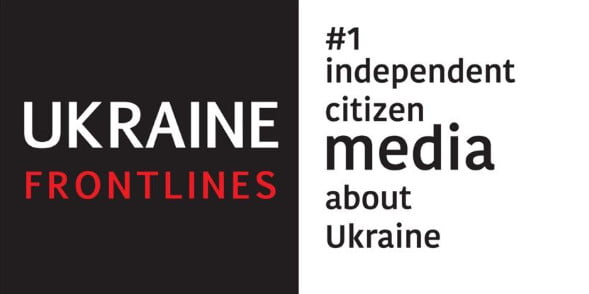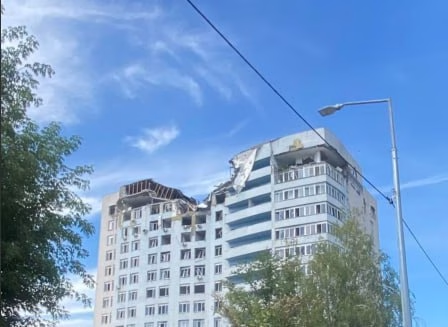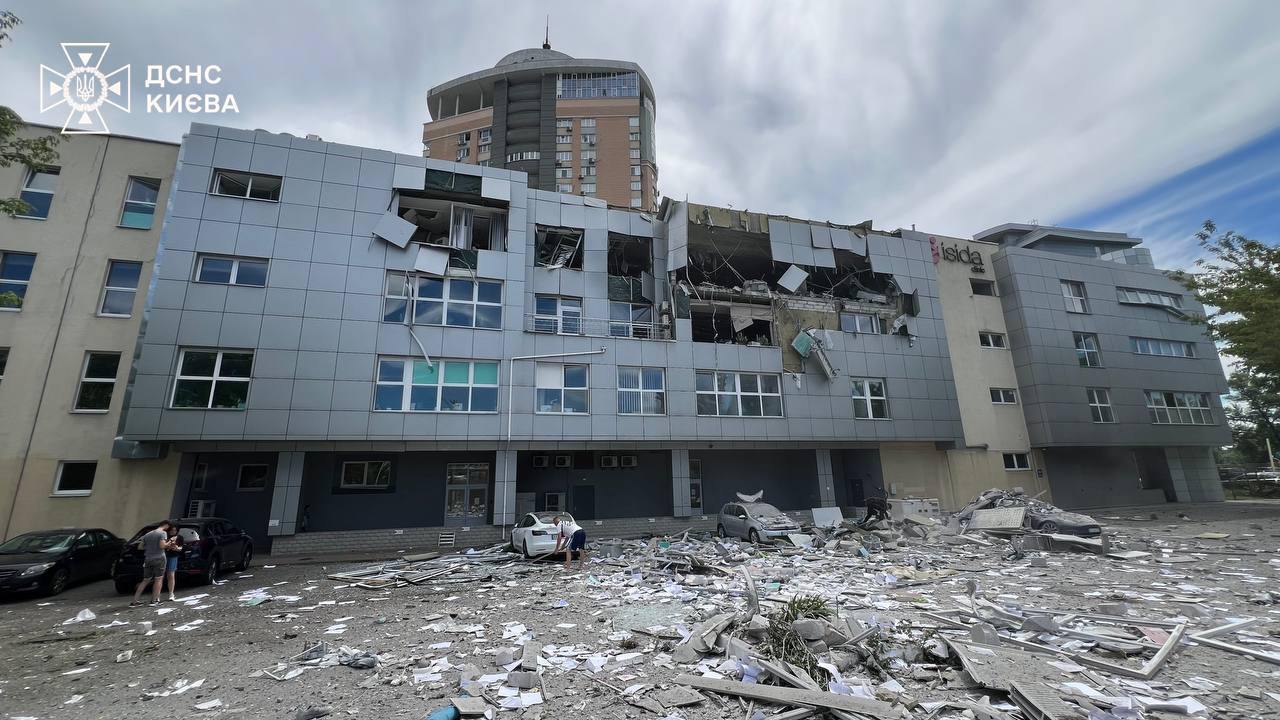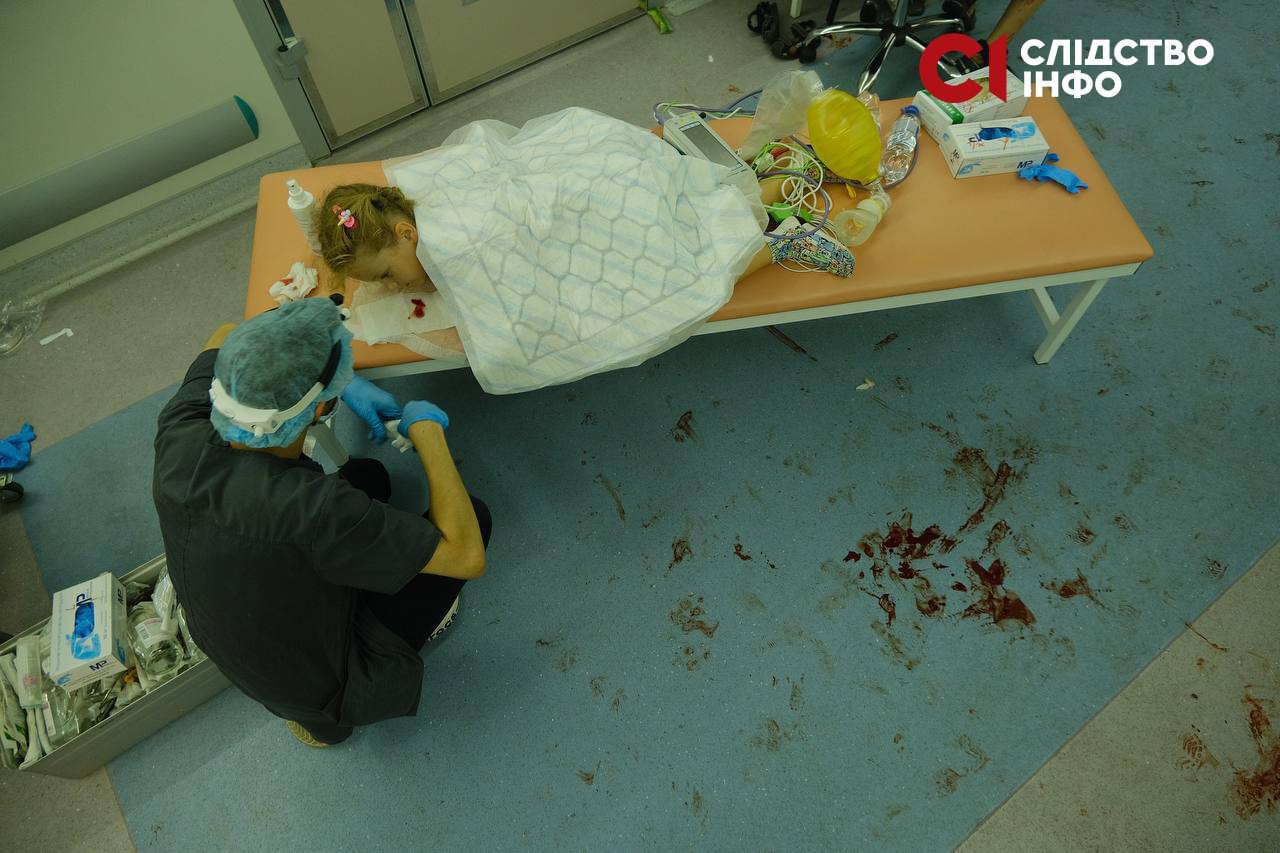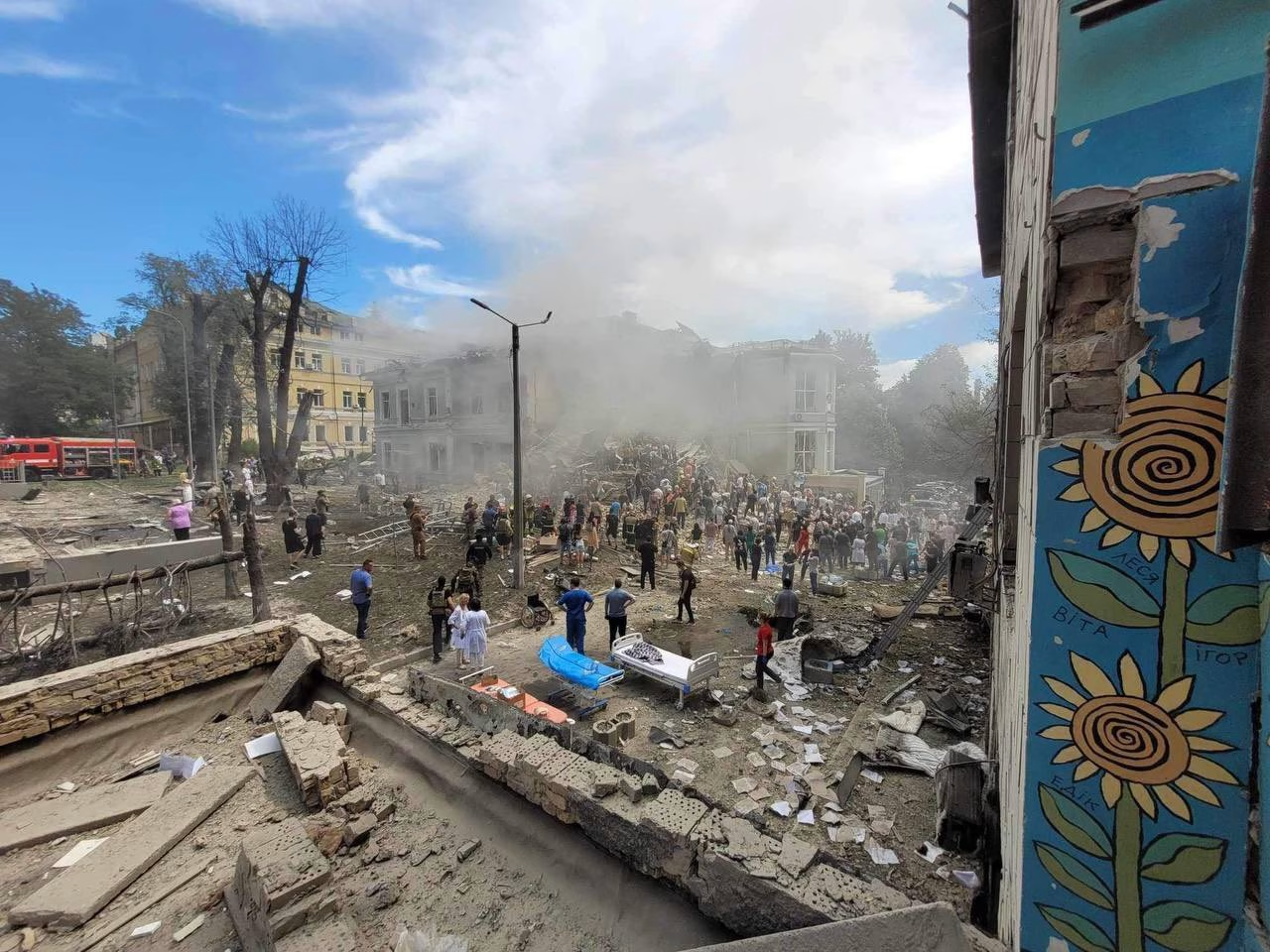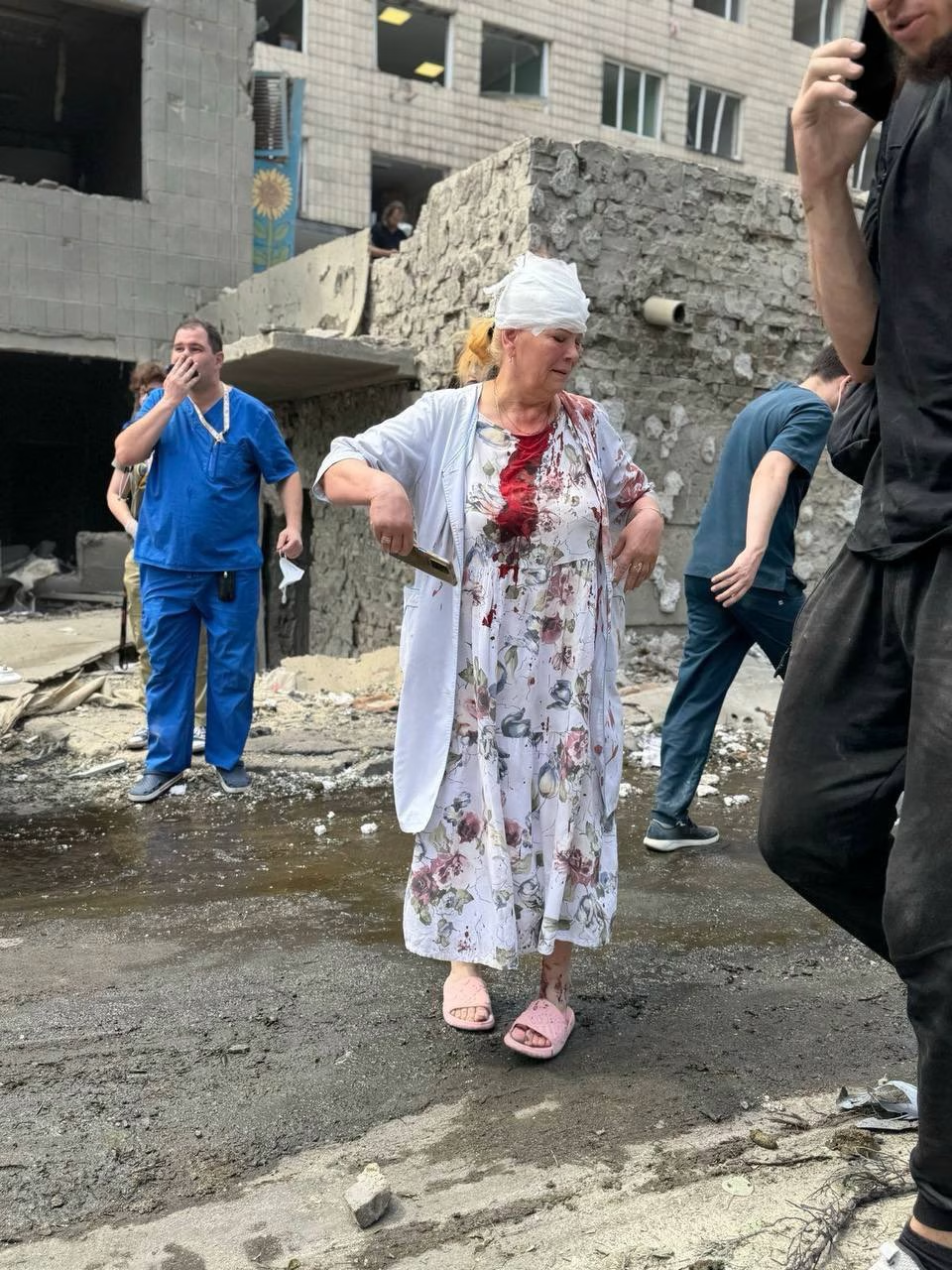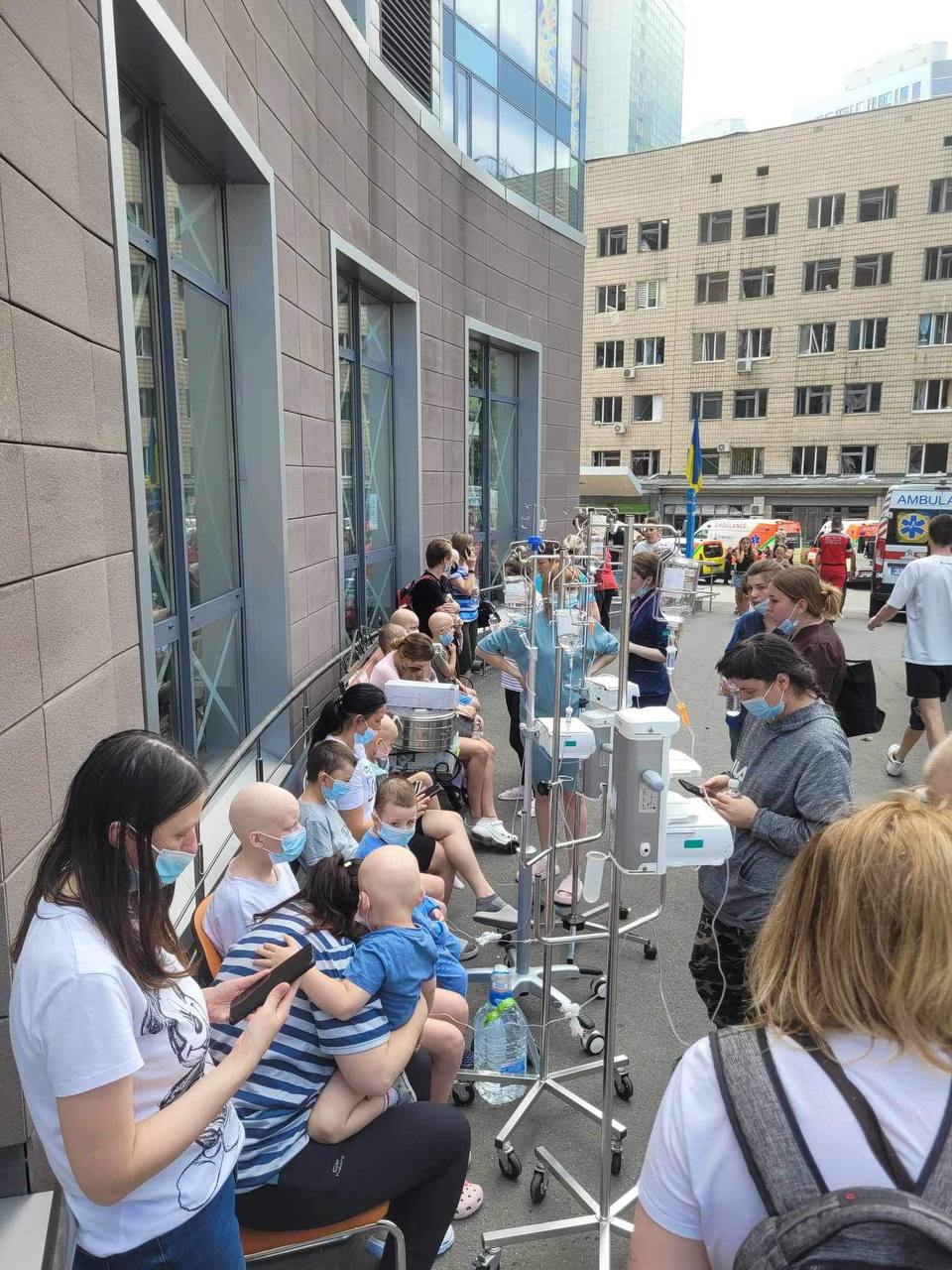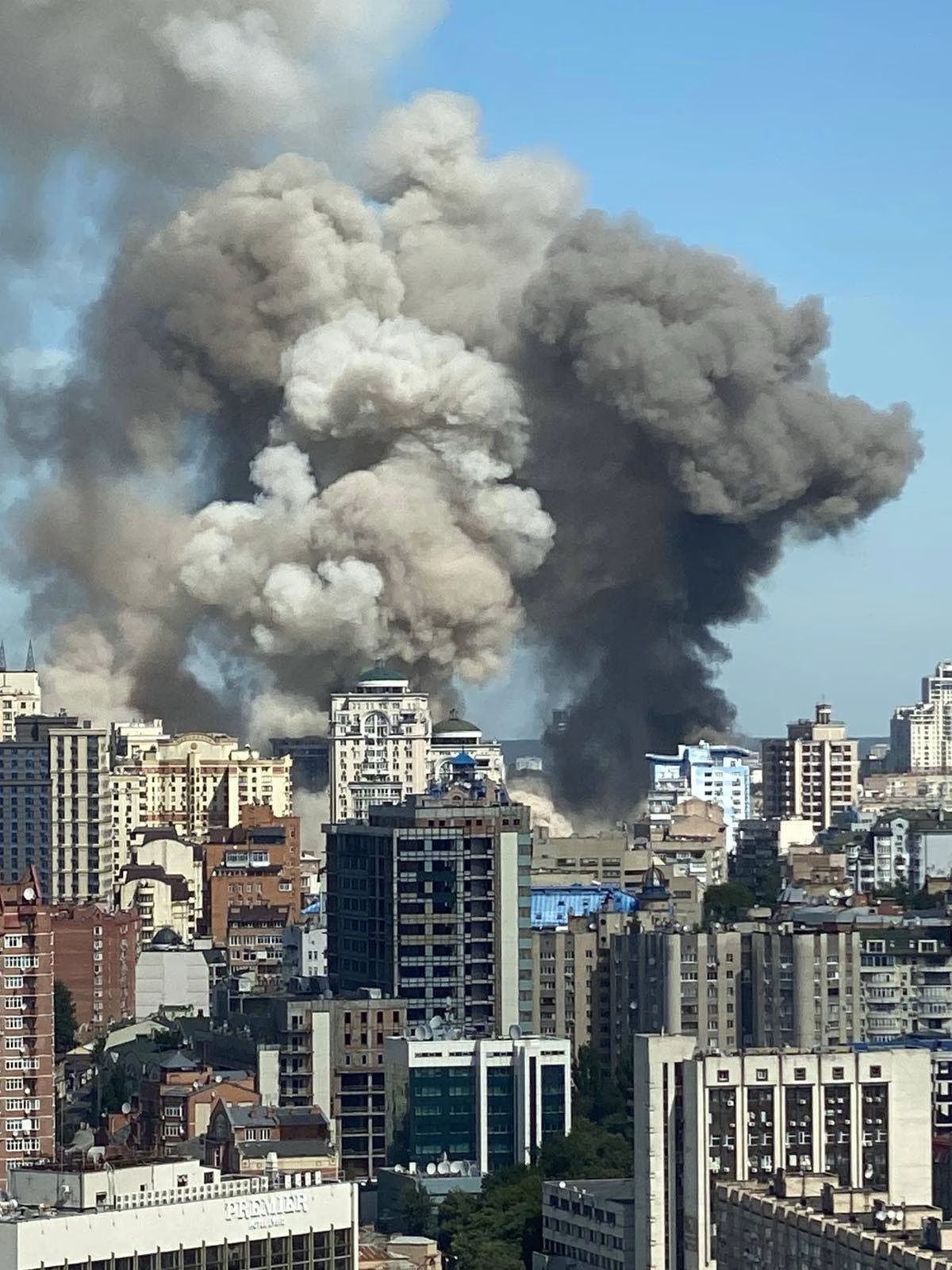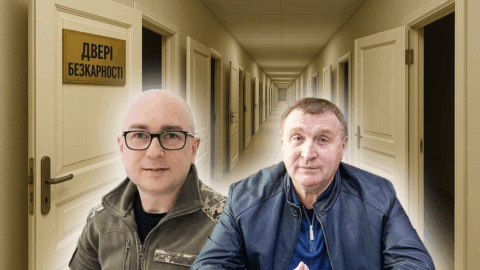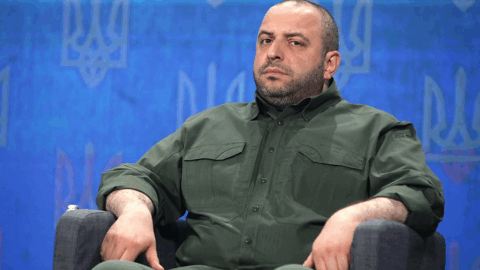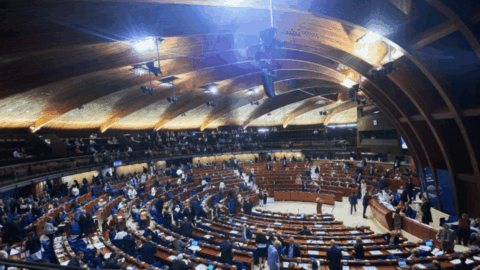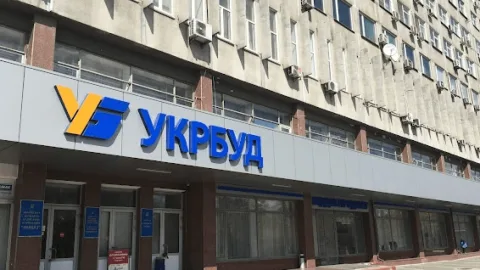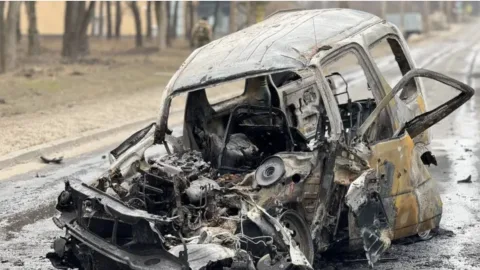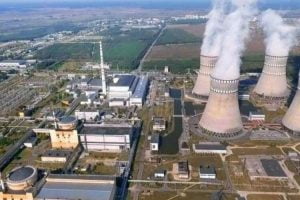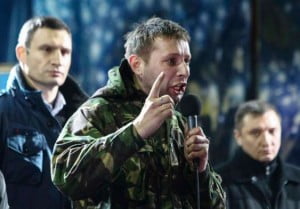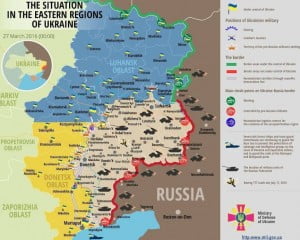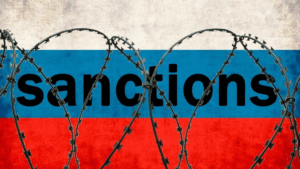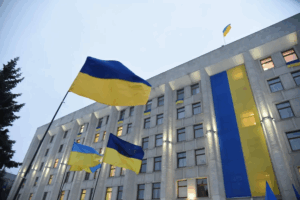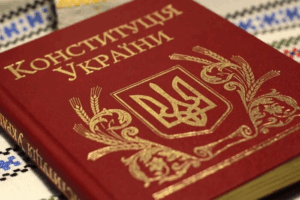On July 8, the Russian Federation launched massive missile strikes on Ukraine.
For the first time in a long while, the attacks occurred during the day, were wave-like in nature, and resulted in casualties in Kyiv, Dnipro, Kryvyi Rih, and Donetsk region.
Read more about the russian’s tactics, its target, and when the next massive strike may take place in the Danylo Kramarenko investigation for RBC-Ukraine.
The main thing about the consequences of the missile attack
On the night of July 8, the Russians attacked with four Kh-101 missiles from strategic aviation and two Iskander ballistic missiles. Air defense forces managed to shoot down three cruise missiles in Zhytomyr and Cherkasy regions.
Then, at around 10:00 a.m., combined attacks using air-, sea-, and land-based missiles began. The attacks were wave-like in nature, with air alerts being announced at least four times during the half-day.
The occupiers used 38 missiles, 30 of which were shot down. In particular, aerial ballistic missiles “Kinzhal”, three of four ballistic missiles “Iskander-M”, 11 of 13 cruise missiles Kh-101, 12 of 14 cruise missiles “Kalibr”, three aircraft missiles KH-59/Kh-69.
In total, more than 30 people were killed and over a hundred injured. In Kyiv alone, 22 people were killed, making today’s attack on the capital the bloodiest since the beginning of 2024.
The largest children’s hospital in Ukraine, Okhmatdyt, was hit.
In addition, debris fell in other parts of the capital. An office building was damaged, fires were reported in a private house and a high-rise building, and the entrance of a five-story building in Syrets was demolished. In the afternoon, shrapnel damaged the Isida obstetric clinic on the left bank, causing deaths.
Several hits were recorded in Kryvyi Rih. At least 10 people were killed, including the administrative building of an enterprise. In Dnipro, a hit destroyed the roof and technical floor of a nine-story building, smashed windows in apartments, and damaged a service station building and a business. One person was reported dead. Three more people were killed in Pokrovsk (Donetsk region).
The Russian Defense Ministry cynically described the strikes as a response to drone attacks on energy facilities. It claimed to have hit air bases and industrial plants, and blamed Ukrainian air defense for the deaths of civilians.
Ukraine initiated an emergency meeting of the UN Security Council.
Why were there constant alarms and what was Russia’s goal?
The attack on Kyiv was massive, combined with the use of aerial, ballistic, and cruise missiles. The missiles came from different directions.
Oleksandr Kovalenko, a military and political observer at the Information Resistance group, explains why the attacks came in waves, resulting in alarm after alarm.
According to him, at first glance, it might seem that they were not synchronized. But most likely, there was no such task, because the Russians wanted to create a constant wave-like effect.
“To stretch the element of terror as long as possible. At the same time, we see that there were attacks on Kryvyi Rih, Dnipro, and the Sloviansk-Kramatorsk agglomeration. They did not concentrate the entire attack, for example, on Kyiv. That is why we are talking about mass terror rather than tactical or strategic expediency,” he said.
According to Vladyslav Selezniov, former spokesman for the General Staff of the Armed Forces of Ukraine, Russian propaganda claims that the targets were allegedly Patriot air defense systems, command posts, and places of concentration of equipment should not be paid attention to.
Because the effect is obvious: in Kyiv alone, three substations, a business center, the Lukyanivska metro station (near which there are many retail outlets), residential buildings, and Okhmatdyt were damaged or destroyed. Such attacks always result in civilian casualties.
“We have to understand the following: the enemy is now implementing the tactics of shock and awe. On the eve of the NATO summit, Putin is trying to show the world that he is ready to go all the way and that no one will stop him. To make the reaction as emotional as possible, he is killing children in Okhmatdet and women in maternity hospitals. That is, the most vulnerable citizens,” Selezniov said.
What does Putin achieve? Acceptance of ultimatum conditions. He is actually demanding Ukraine’s surrender, insisting on control over six regions – Sevastopol, Crimea, Luhansk, Donetsk, Kherson and Zaporizhzhia regions.
“And to realize this mission, he acts by killing civilians. Because when he talks about hitting military targets, it’s nonsense at the very least,” he added.
At the same time, Kovalenko notes that such massive attacks are planned in advance, so it is difficult to say for sure that today’s attack is somehow connected to the NATO summit and Zelensky’s trip.
“The targets are formed in advance. Russians do not think of something like “let’s organize a missile genocide tomorrow”. About two weeks in advance, they start preparing ammunition, aircraft, calculate the trajectory, and so on,” the source said.
Attack features, tactics, and when a new massive strike may be coming
According to former Air Force spokesman Yuriy Ignat, the Russians are constantly improving their missiles. As a result, they are becoming harder to detect and shoot down. For example, due to additional radar and heat traps. Today, cruise missiles were flying at ultra-low altitudes, with combat operations conducted at an altitude of up to 50 meters, which can also have terrible consequences on the ground.
Selezniov emphasizes another point: the missiles changed directions. For example, the X-101 was flying at Okhmatdyt from the north, meaning it was coming in from Vyshhorod and the Kyiv Sea. And it is possible that the trajectory could have been quite unusual.
“Because some missiles were moving in the direction of Zhytomyr in the morning. Taking into account the night attack on its suburbs, one might have thought that they would fly at the military infrastructure again. But after a while, they turned around and came at Kyiv from the west to bypass our air defense,” he explained in an interview with the publication.
The Russians are looking for any opportunity to push through air defense, so the enemy should not be underestimated.
“Pay attention to how many additional Patriot batteries we have been promised, but we have received only one from the German government. It is unknown when the rest will be delivered. The lack of sufficient air defense means also creates a deadly danger for people who have nothing to do with the Defense Forces. Russia is killing them,” he emphasized.
Oleksandr Kovalenko emphasizes the similarities with the attack in early June, when more than 50 missiles were used.
“Today is July 8. Most likely, they have a monthly frequency of massive attacks. There is such a feature. Then every 2-5 days they launch much fewer, at a minimum level. This is their tactic of striking now,” the expert believes.
The periodicity of one month may be related to the stockpile of Russian missiles and the rate of production. As for the stockpile, according to intelligence, as of May, the enemy had about 40 Zircon, 400 Oniks, 240 Kalibr, 25 X-59 missiles, at least 150 X-22, 80 Kinzhals, and about 300 Iskander-M and Iskander-K missiles.
“This is a lot, they produce a huge number of missiles. And given that there have been no massive attacks lately, this must be taken into account. We are talking about hundreds, perhaps thousands of missiles, which are available for combined strikes. Today there were “Kinzhals”, “Iskanders”, “Kalibr” and Kh-101 – a wide range to load and overload our air defense and guarantee to reach terrorist targets,” Vladyslav Selezniov noted.
Tags: massive missile attack missile strike missile weapons nato summit okhmatdyt Russia russia ukraine war russian missile attack russian missile strike russian missiles Ukraine